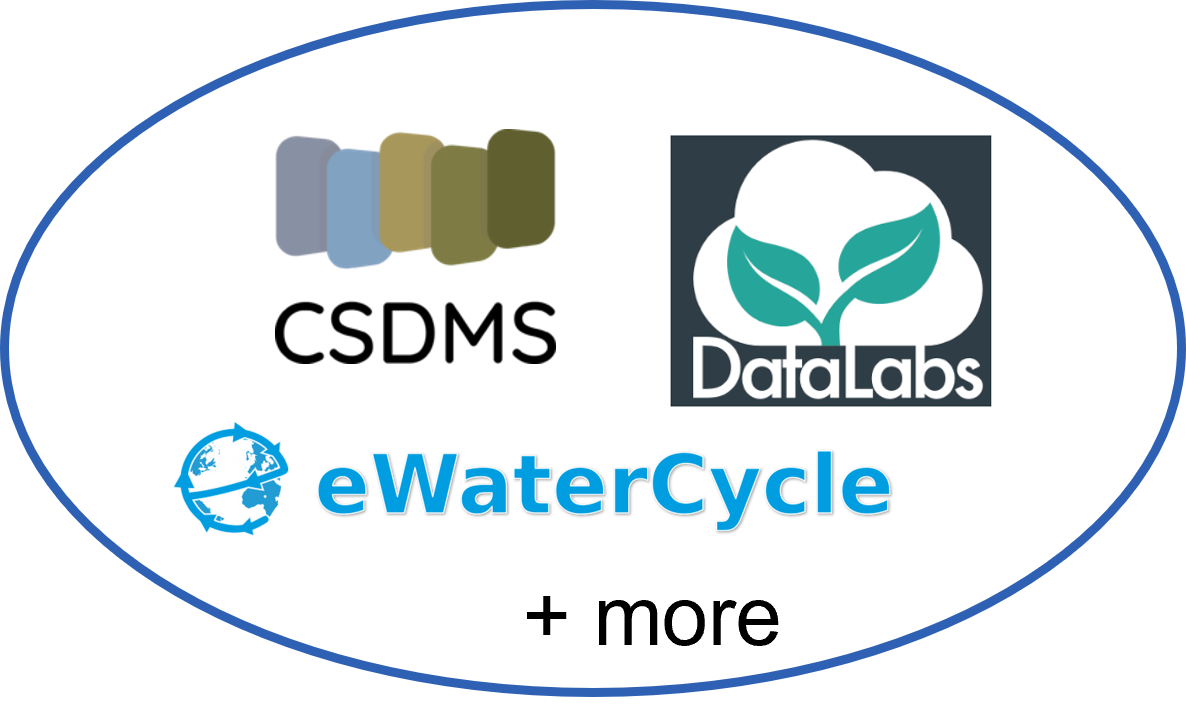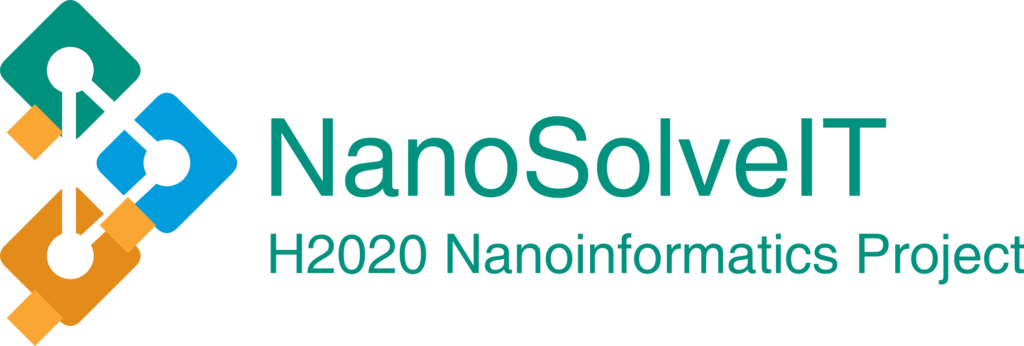My Projects
Projects that I am currently or have previously been involved in.

Defra: costing intentionally added microplastics
December 2023 to December 2024In this Defra-funded project, we are seeking to evaluate and cost the environmental and economic impact of various mitigation options to prevent pollution from intentionally added microplastics. I am leading aspects on the assessment of environmental emissions and exposure.

EMIFACT-MNP
January 2023 to December 2024The goal of EMIFACT-MNP is to develop a model of Micro and Nanoplastic EMIssion FACTors in Europe. Quantifying emissions of plastics to the environment is crucial to be able to make accurate fate and exposure predictions. In this project, we are using probabilistic material flow analysis approaches alongside knowledge on microplastic degradation and fragmentation, to be able to predict size-distributed emissions of a broad range of polymers across their whole lifecycle.

DEPICTION
October 2022 to September 2025The DEPICTION project is developing in international community of practice to advance open and FAIR environmental modelling. I lead the project, which is funded by NERC’s Global Partnerships Seedcorn Fund and is a new collaboration between UKCEH, CSDMS (University of Colorado Boulder), the Netherlands eScience Center, TU Delft, Plymouth Marine Laboratory and the University of Massachusetts Dartmouth. The strength offered by this united international community of software tools, standards and practices will be showcased through a case study of source-to-sea microplastic fate, coupling together existing hydrological, chemical fate and coastal ocean models.

ETERNAL
September 2022 to August 2026The aim of this EU Horizon Europe project is to reduce the environmental impact of pharmaceutical products throughout their life cycle. I lead a workpackage that is assessing the environmental risk posed by commonly used pharmaceuticals, including how product and process modifications investigated in the project will reduce this risk.

FRAGMENT-MNP
October 2021 to September 2023I led this project, funded by the European Chemical Industry Council’s Long-Range Research Initiative (Cefic-LRI), to develop a mechanistic model of micro- and nanoplastic fragmentation in the environment. The model is a pragmatic, open-source tool to allow stakeholders to predict how a broad variety of polymers fragment under environmentally realistic ranges of degradation (e.g. photolysis, hydrolysis and biodegradation) and mechanical stresses. Understanding fragmentation is crucial in risk assessing plastics, due to the differential uptake and transport of different sized plastic particles.

Nanomaterial Safe-by-Design projects
March 2020 to February 2024The SAbyNA and ASINA projects are aiming to facilitate safe-by-design nanomaterial development. In these projects, we are assessing what safe-by-design means for environmental exposure assessment, and how currently available environmental exposure models can be used and optimised for safe-by-design purposes.

NanoSolveIT
February 2019 to January 2023In the NanoSolveIT project, we are developing an in silico Integrated Approach to Testing and Assessment (IATA) for environment and human nanosafety, via a cloud platform of integrated models. This includes providing user friendly interfaces to environmental exposure models such as the NanoFASE model and SimpleBox4nano, and linking this to biotic uptake models in order to predict risk.

UK-SCAPE SPEED
April 2018 to March 2023As part of the UK Status, Change and Projections of the Environment (UK-SCAPE) project, SPEED aims to produce spatially-explicit projections of how key environmental drivers are predicted to change under differing social and climatic futures. Using these projections, we are predicting future topsoil metal concentrations, bioaccumulation and risk, by developing an integrated model of soil carbon, pH and metal speciation.

NanoFASE
August 2015 to September 2019The goal of this €11m European Commission Horizon 2020 project was to develop an exposure assessment framework for engineered nanomaterials. Central to this was the creation of a multimedia spatiotemporal model of nanomaterial fate and speciation in the environment, which I was responsible for developing. The so-called NanoFASE model (Nanomaterial Fate And Speciation in the Environment) represents not only the state-of-the-art in nanomaterial exposure modelling, but alse one of the more advanced exposure models in existence, offering predictions of nanomaterial concentrations with spatiotemporal resolution across terrestrial and aquatic environments. The project finished in 2019, but we are continuing to develop the model in other nano-related projects, as well as extending its domain to other chemicals.